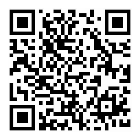SAE J 465-1989 鎂鑄件合金
作者:百檢網 時間:2021-08-02
標準號:SAE J 465-1989
中文標準名稱:鎂鑄件合金
英文標準名稱:Magnesium Casting Alloys
標準類型:T05
發布日期:1989/1/1 12:00:00
實施日期:1999/12/31 12:00:00
中國標準分類號:T05
國際標準分類號:77.120.20
引用標準:ASTM B 275-1980;ASTM B 296-1967;ASTM B 557-1984
適用范圍:This document has not changed other than to put it into the new SAE Technical Standards Board Format This SAE Standard covers the most commonly used magnesium alloys suitable for casting by the various commercial processes. The chemical composition limits and minimum mechanical properties are shown. Over the years, magnesium alloys have been identified by many numbering systems, as shown in Table 1. Presently, SAE is recommending the use of the use of the UNS numbering system to identify those materials. Other equally important characteristics such as surface finish and dimensional tolerances are not covered in this standard. 1.1 Sources of Magnesium—Sources of Magnesium—Magnesium is the third most abundant structural element in the earth's crust, and considered inexhaustible. Common sources are sea water, natural brines, magnesite, and dolomite. Three methods of extraction are used in the United States. One method involves treating sea water with a source of alkalinity to precipitate the magnesium as hydroxide, mixing with hydrochloric acid to produce hydrated magnesium chloride, and then partially drying. The hydrous magnesium chloride is reduced electrolytically to produce magnesium metal and a mixture of chlorine and hydrochloric acid. A second method produces co-products magnesium metal and pure chlorine in the electrolytic cell by the reduction of anhydrous magnesium chloride or by the chlorination of MgO. The anhydrous cell feed results from the complete dehydration of natural brines. Another method of extraction, which is also used in the United States and in other countries, is by thermal reduction of magnesium oxide by ferrosilicon. Most of the magnesium ingot sold is of 99.80% purity. Grades of magnesium of 99.90, 99.95, and 99.98% purity are also available. The higher purity grades are used mostly in nuclear applications and for reduction purposes.
中文標準名稱:鎂鑄件合金
英文標準名稱:Magnesium Casting Alloys
標準類型:T05
發布日期:1989/1/1 12:00:00
實施日期:1999/12/31 12:00:00
中國標準分類號:T05
國際標準分類號:77.120.20
引用標準:ASTM B 275-1980;ASTM B 296-1967;ASTM B 557-1984
適用范圍:This document has not changed other than to put it into the new SAE Technical Standards Board Format This SAE Standard covers the most commonly used magnesium alloys suitable for casting by the various commercial processes. The chemical composition limits and minimum mechanical properties are shown. Over the years, magnesium alloys have been identified by many numbering systems, as shown in Table 1. Presently, SAE is recommending the use of the use of the UNS numbering system to identify those materials. Other equally important characteristics such as surface finish and dimensional tolerances are not covered in this standard. 1.1 Sources of Magnesium—Sources of Magnesium—Magnesium is the third most abundant structural element in the earth's crust, and considered inexhaustible. Common sources are sea water, natural brines, magnesite, and dolomite. Three methods of extraction are used in the United States. One method involves treating sea water with a source of alkalinity to precipitate the magnesium as hydroxide, mixing with hydrochloric acid to produce hydrated magnesium chloride, and then partially drying. The hydrous magnesium chloride is reduced electrolytically to produce magnesium metal and a mixture of chlorine and hydrochloric acid. A second method produces co-products magnesium metal and pure chlorine in the electrolytic cell by the reduction of anhydrous magnesium chloride or by the chlorination of MgO. The anhydrous cell feed results from the complete dehydration of natural brines. Another method of extraction, which is also used in the United States and in other countries, is by thermal reduction of magnesium oxide by ferrosilicon. Most of the magnesium ingot sold is of 99.80% purity. Grades of magnesium of 99.90, 99.95, and 99.98% purity are also available. The higher purity grades are used mostly in nuclear applications and for reduction purposes.
相關標準
《GB/T3246.1-2012》變形鋁及鋁合金制品組織檢測方法 第1部分:顯微組織檢驗方法 GB/T3246.1-2012
《ASTM E3061-17》通過感應耦合等離子體原子發射光譜法(基于性能的方法)來分析鋁和鋁合金的標準試驗方法 ASTM E3061-17
《GB/T 20975.25-2008》鋁及鋁合金化學分析方法 第25部分:電感耦合等離子體原子發射光譜法 GB/T 20975.25-2008
《GB/T 12966-2008》鋁合金電導率渦流測試方法 GB/T 12966-2008
《GB/T 3955-2009》電工圓鋁線 GB/T 3955-2009 12
《GB/T 20975.1-2018》鋁及鋁合金化學分析方法 第1部分:汞含量的測定 GB/T 20975.1-2018
《GB/T 25087-2010》道路車輛 圓形、屏蔽和非屏蔽的60V和600V多芯護套電纜 GB/T 25087-2010 6.2
《GB/T 25087-2010》道路車輛 圓形、屏蔽和非屏蔽的60V和600V多芯護套電纜 GB/T 25087-2010 6.2
《GB/T 2951.11-2008》電纜和光纜絕緣和護套材料通用試驗方法 第11部分:通用試驗方法 厚度和外形尺寸測量 機械性能試驗 GB/T 2951.11-2008 9.2
《GB/T 2951.31-2008》電纜和光纜絕緣和護套材料通用試驗方法 第31部分:聚氯乙烯混合料專用試驗方法 高溫壓力試驗-抗開裂試驗 GB/T 2951.31-2008 9.2
《ASTM E3061-17》通過感應耦合等離子體原子發射光譜法(基于性能的方法)來分析鋁和鋁合金的標準試驗方法 ASTM E3061-17
《GB/T 20975.25-2008》鋁及鋁合金化學分析方法 第25部分:電感耦合等離子體原子發射光譜法 GB/T 20975.25-2008
《GB/T 12966-2008》鋁合金電導率渦流測試方法 GB/T 12966-2008
《GB/T 3955-2009》電工圓鋁線 GB/T 3955-2009 12
《GB/T 20975.1-2018》鋁及鋁合金化學分析方法 第1部分:汞含量的測定 GB/T 20975.1-2018
《GB/T 25087-2010》道路車輛 圓形、屏蔽和非屏蔽的60V和600V多芯護套電纜 GB/T 25087-2010 6.2
《GB/T 25087-2010》道路車輛 圓形、屏蔽和非屏蔽的60V和600V多芯護套電纜 GB/T 25087-2010 6.2
《GB/T 2951.11-2008》電纜和光纜絕緣和護套材料通用試驗方法 第11部分:通用試驗方法 厚度和外形尺寸測量 機械性能試驗 GB/T 2951.11-2008 9.2
《GB/T 2951.31-2008》電纜和光纜絕緣和護套材料通用試驗方法 第31部分:聚氯乙烯混合料專用試驗方法 高溫壓力試驗-抗開裂試驗 GB/T 2951.31-2008 9.2
百檢網專注于為第三方檢測機構以及中小微企業搭建互聯網+檢測電商服務平臺,是一個創新模式的檢驗檢測服務網站。百檢網致力于為企業提供便捷、高效的檢測服務,簡化檢測流程,提升檢測服務效率,利用互聯網+檢測電商,為客戶提供多樣化選擇,從根本上降低檢測成本提升時間效率,打破行業壁壘,打造出行業創新的檢測平臺。
百檢能給您帶來哪些改變?
1、檢測行業全覆蓋,滿足不同的檢測;
2、實驗室全覆蓋,就近分配本地化檢測;
3、工程師一對一服務,讓檢測更精準;
4、免費初檢,初檢不收取檢測費用;
5、自助下單 快遞免費上門取樣;
6、周期短,費用低,服務周到;
7、擁有CMA、CNAS、CAL等權威資質;
8、檢測報告權威有效、中國通用;
客戶案例展示
相關商品
版權與免責聲明
①本網注名來源于“互聯網”的所有作品,版權歸原作者或者來源機構所有,如果有涉及作品內容、版權等問題,請在作品發表之日起一個月內與本網聯系,聯系郵箱service@baijiantest.com,否則視為默認百檢網有權進行轉載。
②本網注名來源于“百檢網”的所有作品,版權歸百檢網所有,未經本網授權不得轉載、摘編或利用其它方式使用。想要轉載本網作品,請聯系:service@baijiantest.com。已獲本網授權的作品,應在授權范圍內使用,并注明"來源:百檢網"。違者本網將追究相關法律責任。
③本網所載作品僅代表作者獨立觀點,不代表百檢立場,用戶需作出獨立判斷,如有異議或投訴,請聯系service@baijiantest.com



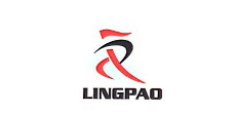
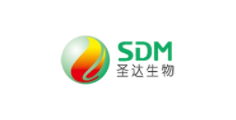
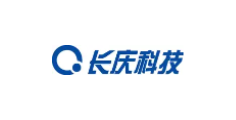
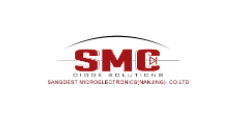
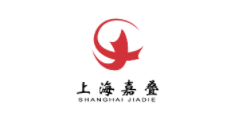
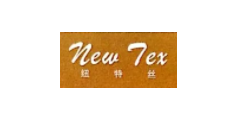
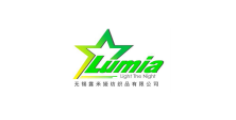
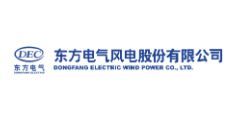

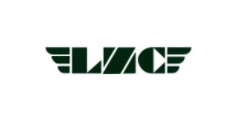
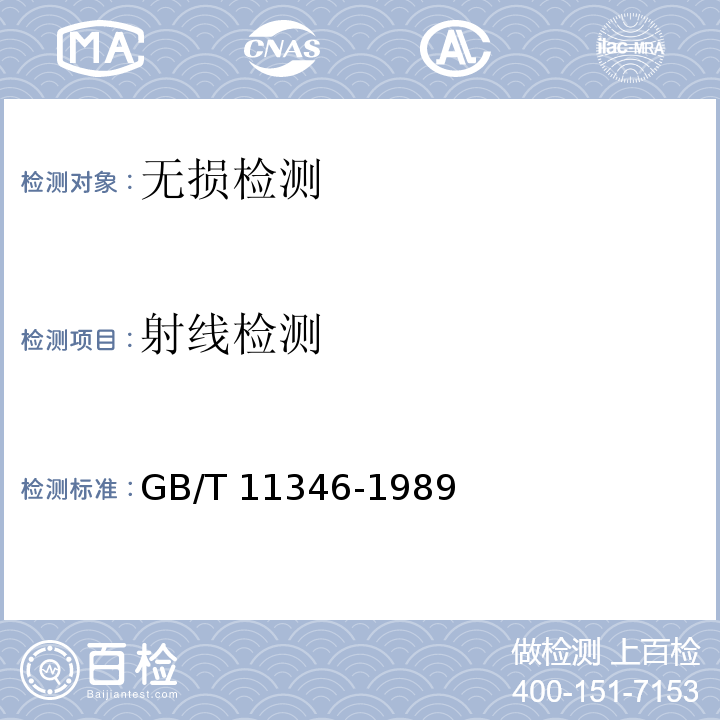
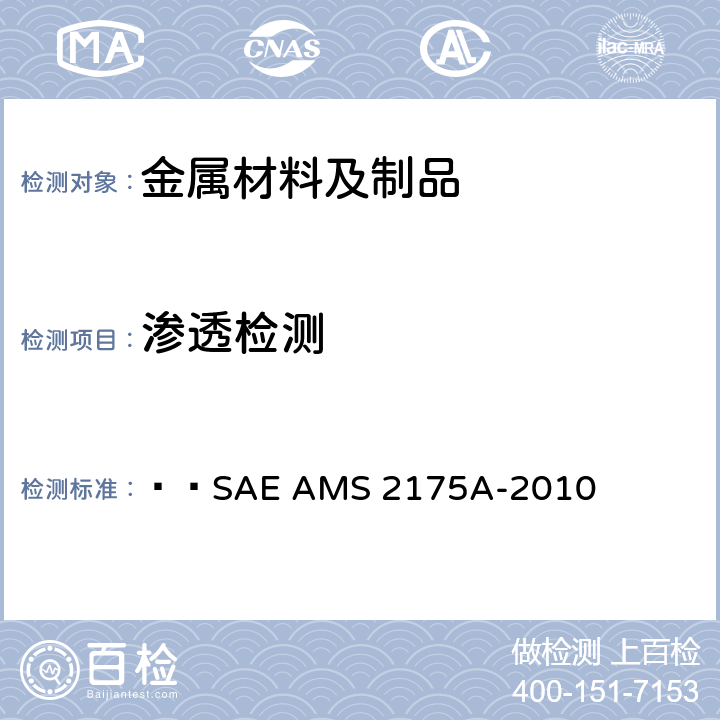
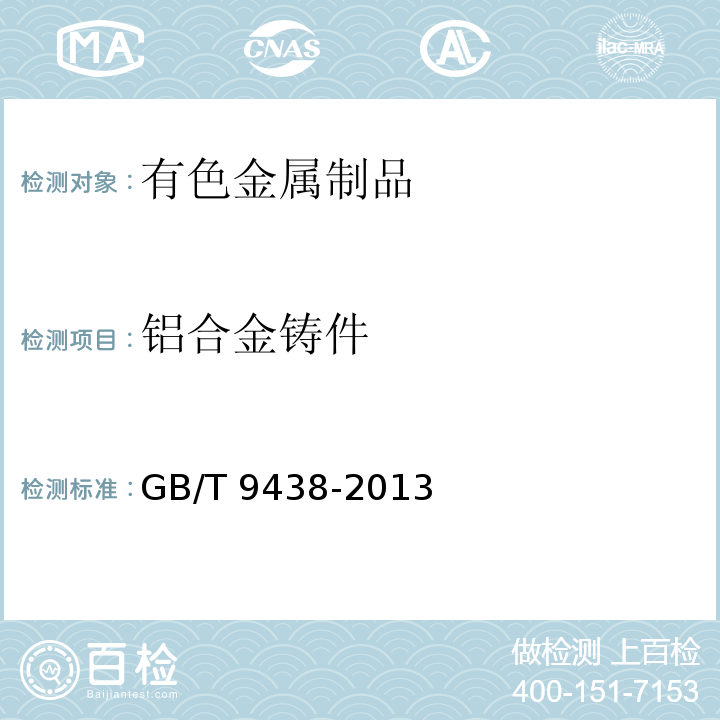
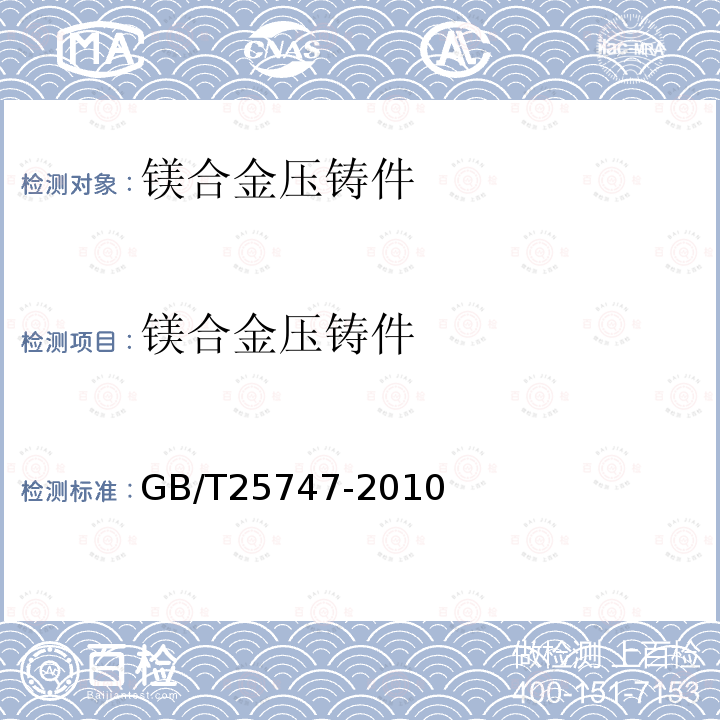
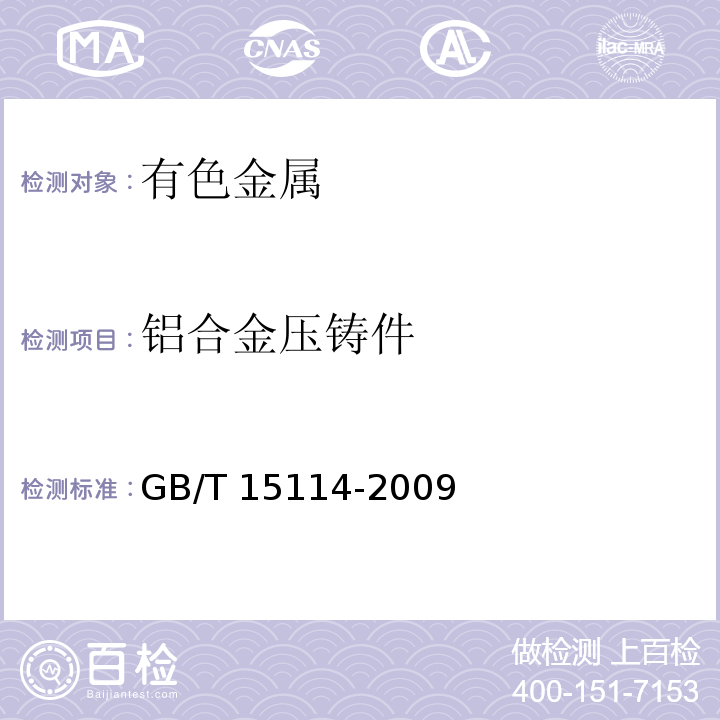
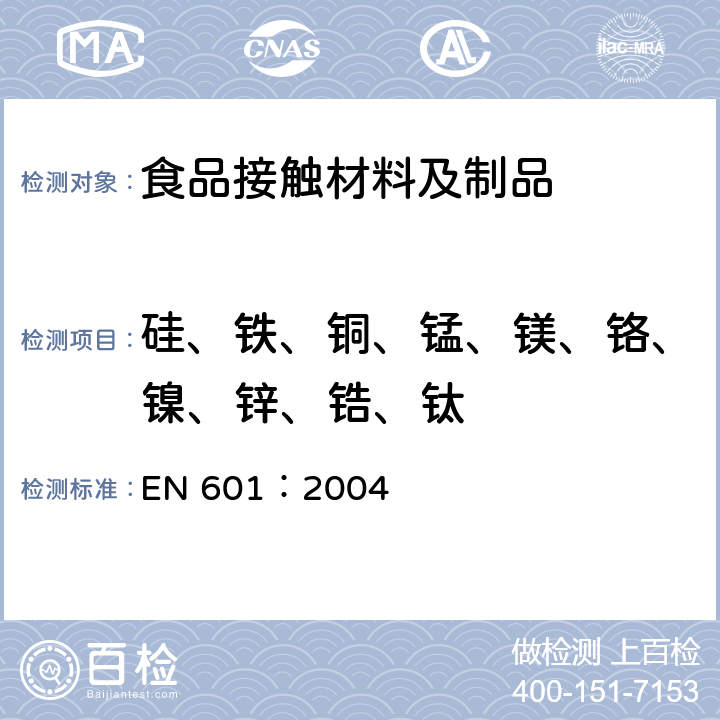
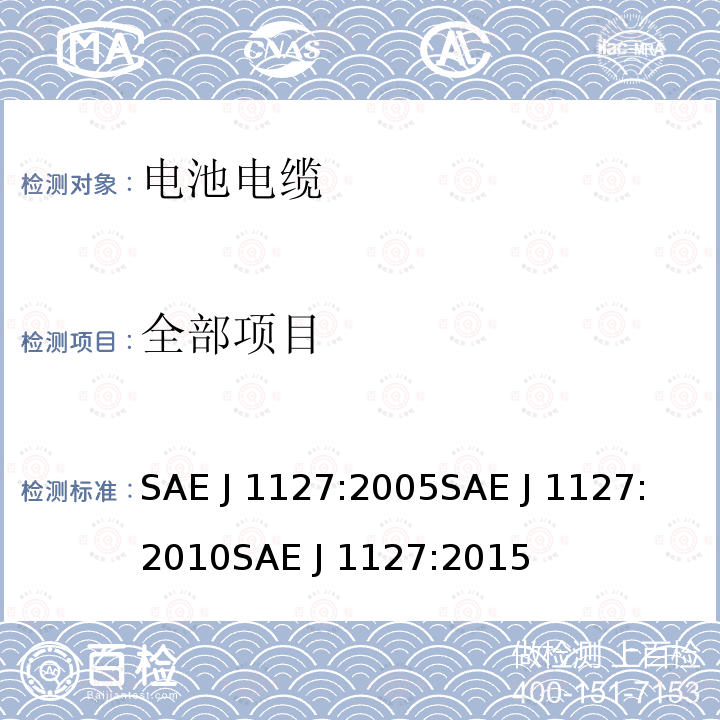
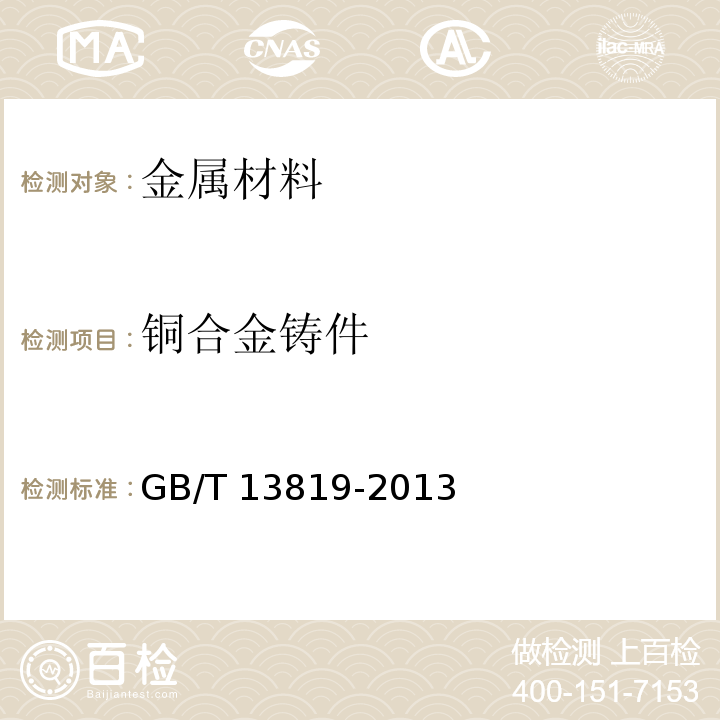


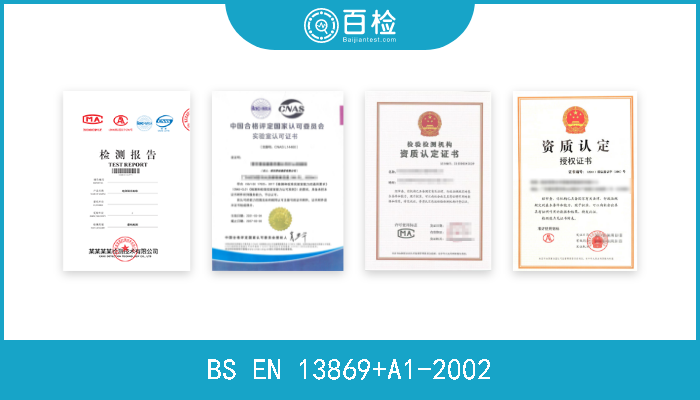
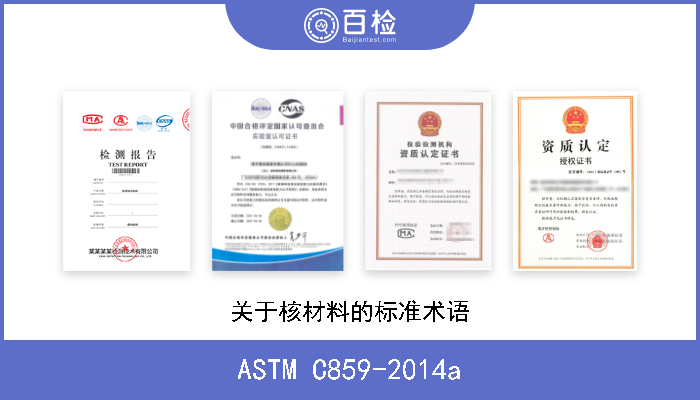

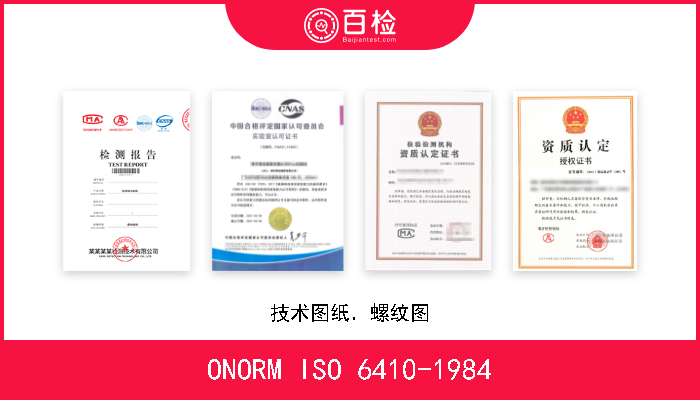
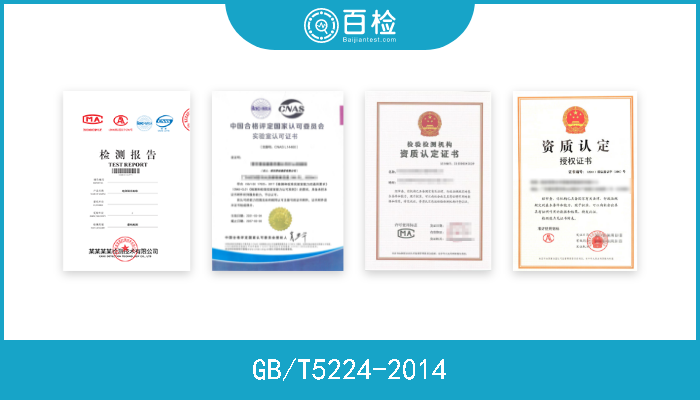
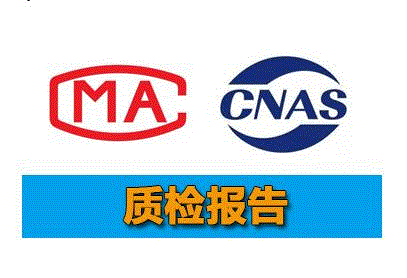
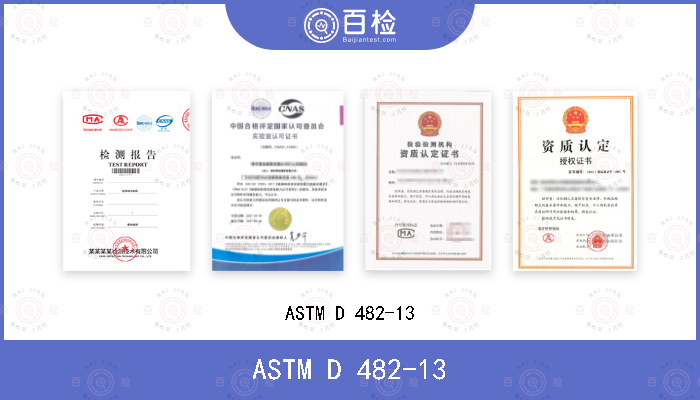
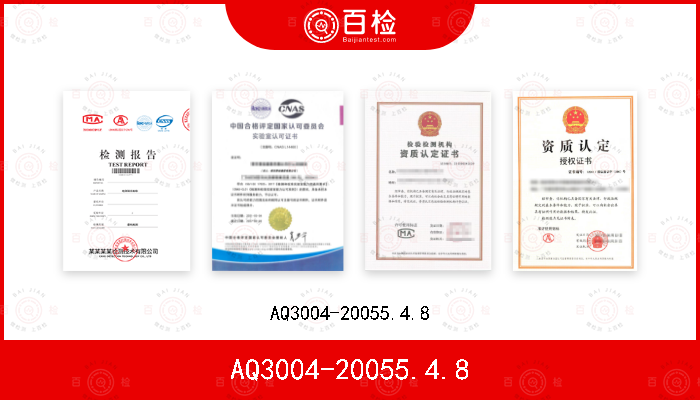
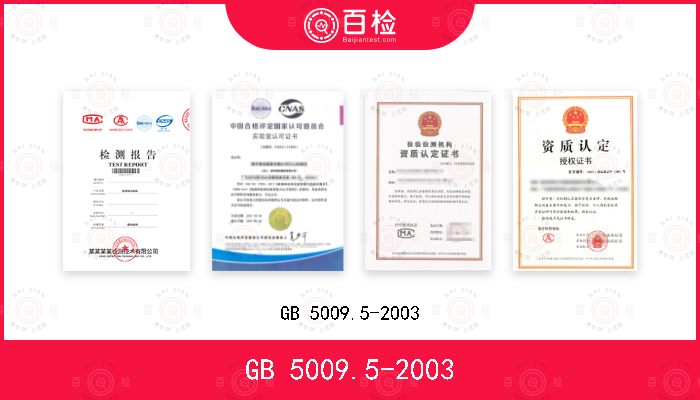
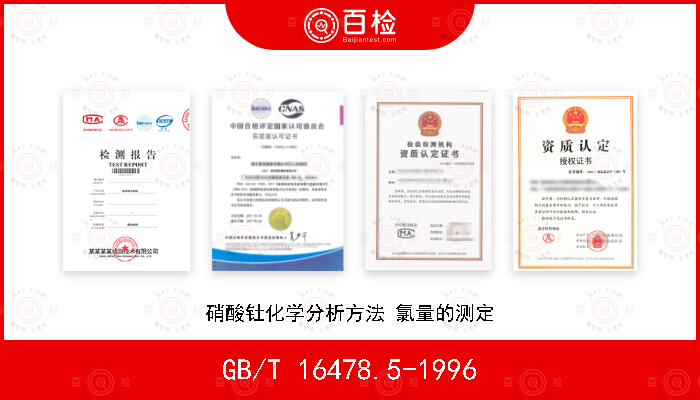


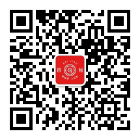
 400-101-7153
400-101-7153 15201733840
15201733840